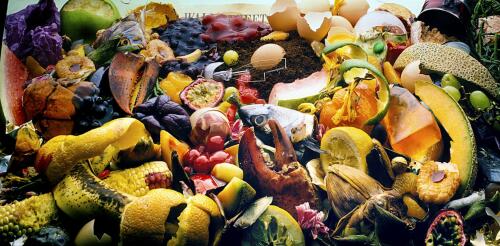Consumers
On a recent research trip to China, I wandered through the Oasis Mall in suburban Shanghai. Like many Chinese shopping centers, this complex was filled with empty stores that reflected the end of China’s 30-year-long economic expansion. But there also were surprises. Along a stretch of the mall’s interior walkway, a cluster of parents and grandparents sat on chairs. They were looking through a plate glass window, watching a dozen 5- to 7-year-old girls practice ballet steps, carefully following their teacher’s choreography. A space initially designed for retail had been turned into a dance studio. From 1990 through 2020, large, shiny shopping malls embodied China’s spectacular economic growth. They sprouted in cities large and small to meet consumer demand from an emerging middle class that was keen to express its newfound affluence. These centers look familiar to American eyes, which isn’t surprising: U.S. architectural firms built 170 malls in Ch...
About 10 years ago, a very thick book written by a French economist became a surprising bestseller. It was called “Capital in the 21st Century.” In it, Thomas Piketty traces the history of income and wealth inequality over the past couple of hundred years. The book’s insights struck a chord with people who felt a growing sense of economic inequality but didn’t have the data to back it up. I was one of them. It made me wonder, how much carbon pollution is being generated to create wealth for a small group of extremely rich households? Two kids, 10 years and a Ph.D. later, I finally have some answers. In a new study, colleagues and I investigated U.S. households’ personal responsibility for greenhouse gas emissions from 1990 to 2019. We previously studied emissions tied to consumption – the stuff people buy. This time, we looked at emissions used in generating people’s incomes, including investment income. If you’ve ever thought abo...
Back-to-school sales are underway, and people across the country will be shopping online to fill up backpacks, lockers and closets – and they’ll be taking advantage of free returns. Making it easy for customers to return items at no cost started as a retail strategy to entice more people to shop online. But it’s getting expensive, for both retailers and the planet. In 2022, retail returns added up to more than US$800 billion in lost sales. The transportation, labor, and logistics involved raised retailers’ costs even higher. Product returns also increase pollution, greenhouse gas emissions and waste in landfills, where many returned products now end up. So how can retailers fix this problem and still provide quality customer service? We conduct research in reverse logistics, focusing primarily on the intersection of retail returns and customer behavior. Here are some insights that can help reduce the abuse of free returns and lower costs without losing...
Plastic is a fast-growing segment of U.S. municipal solid waste, and most of it ends up in the environment. Just 9% of plastic collected in municipal solid waste was recycled as of 2018, the most recent year for which national data is available. The rest was burned in waste-to-energy plants or buried in landfills. Manufacturers assert that better recycling is the optimal way to reduce plastic pollution. But critics argue that the industry often exaggerates how readily items can actually be recycled. In September 2024, beverage company Keurig Dr Pepper was fined US$1.5 million for inaccurately claiming that its K-Cup coffee pods were recyclable after two large recycling companies said they could not process the cups. California is suing ExxonMobil, accusing the company of falsely promoting plastic products as recyclable. Environmental law scholar Patrick Parenteau explains why claims about recyclability have confused consumers, and how forthcoming guidelines from the U.S. Federa...
You saw it at Thanksgiving, and you’ll likely see it at your next holiday feast: piles of unwanted food – unfinished second helpings, underwhelming kitchen experiments and the like – all dressed up with no place to go, except the back of the refrigerator. With luck, hungry relatives will discover some of it before the inevitable green mold renders it inedible. U.S. consumers waste a lot of food year-round – about one-third of all purchased food. That’s equivalent to 1,250 calories per person per day, or US$1,500 worth of groceries for a four-person household each year, an estimate that doesn’t include recent food price inflation. And when food goes bad, the land, labor, water, chemicals and energy that went into producing, processing, transporting, storing and preparing it are wasted too. Where does all that unwanted food go? Mainly underground. Food waste occupies almost 25% of landfill space nationwide. Once buried, it breaks down, gener...




